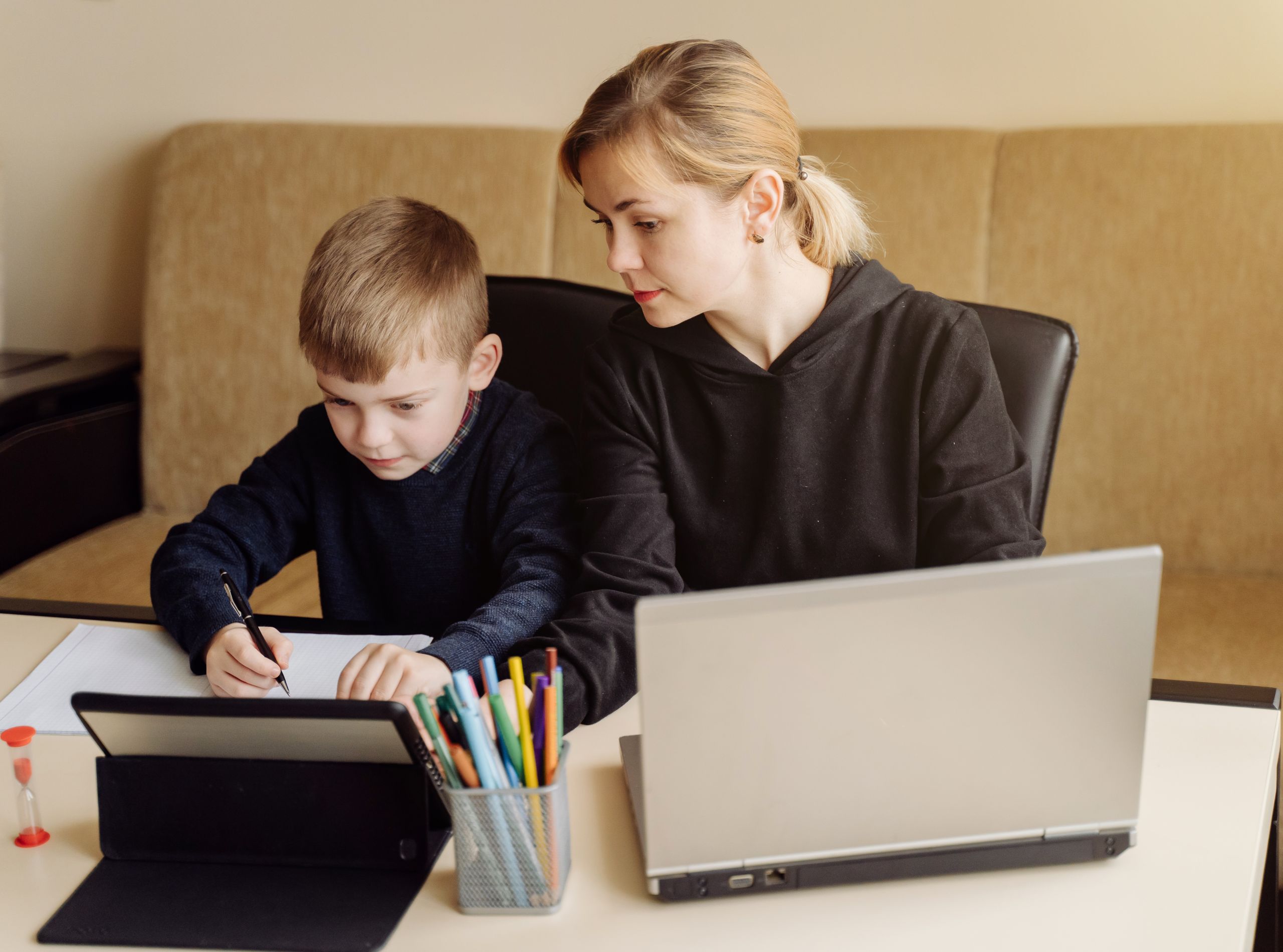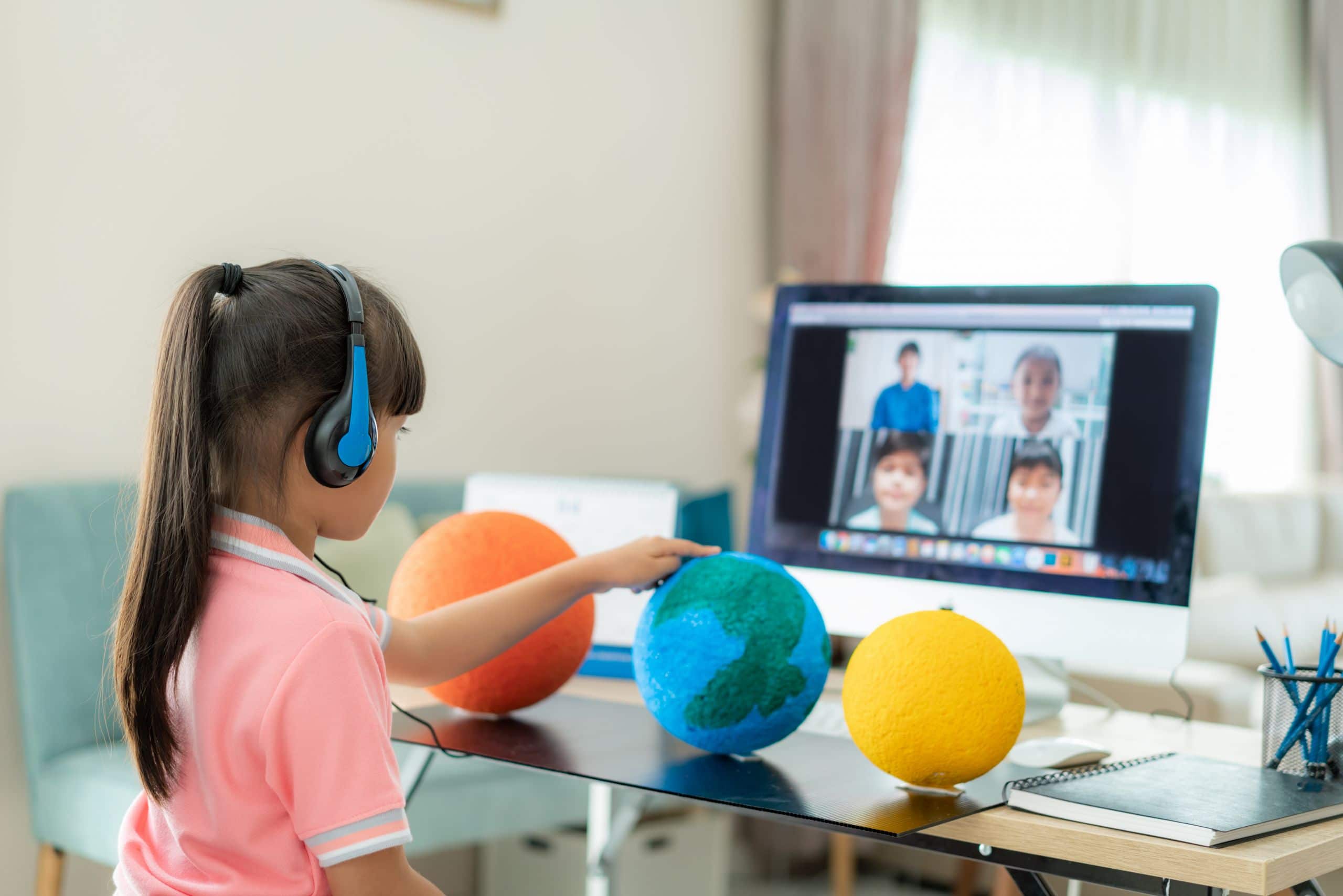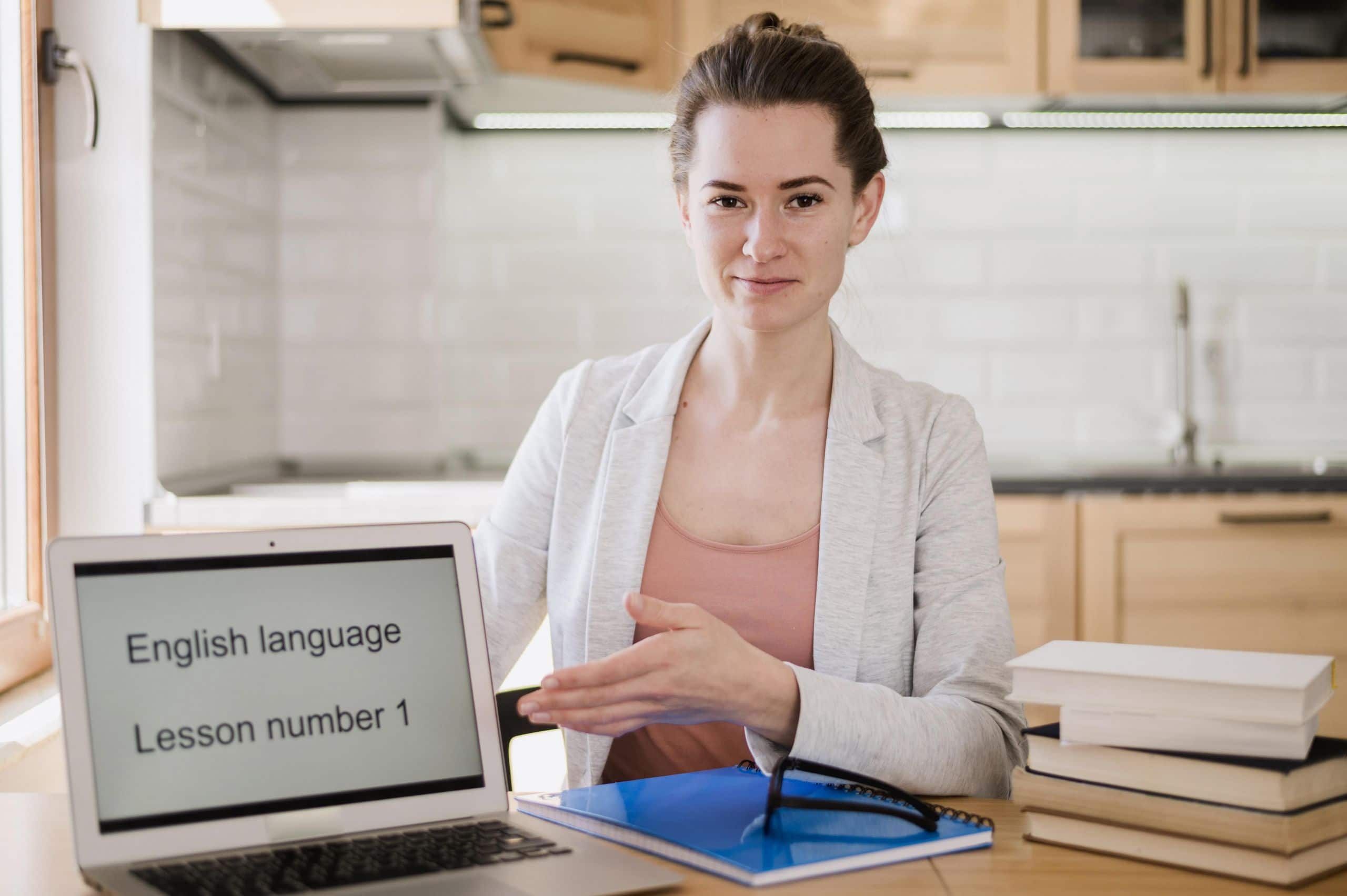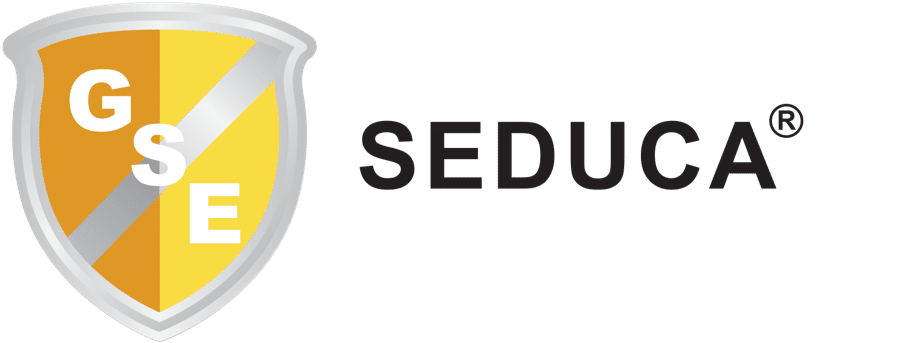
The greatest challenge of a society is, without a doubt, that of strengthening education, since in it lies economic, political, environmental, and social development exponentially.
One of the keys to manage changes to the demands of an activity as complex as this lies in identifying opportunities and risks, formulating innovative strategies that are both efficient and effective according to needs and in a timely manner.
From this scenario, videoconference as an educational tool in the pedagogical field, represents an element that favors change management in the face of a complex teaching population that requires fresh resources to satisfy the needs of students who, due to constant innovations, lose interest in traditional learning environments. Thus, resources are required to stimulate strategic education processes in tune with current and future advances, changes and demands.
The possibility offered by this tool is to interact bidirectionally simultaneously fosters spaces for collaboration, creation and exchange of diverse experiences and knowledge, by sharing in a large common classroom with people from distant areas, different realities, where teaching strategies are developed, and therefore, support with fresh ideas is required to feed back the processes, and interact in two ways, simultaneously and synchronously. Which definitely leads us to a rethinking of the way of building learning in a prolonged way and with the use and exploitation of technology.
However, the videoconference tool as such will not generate any substantial change in the education processes, only when methodologies, didactic techniques and adequate strategies are used. According to Cabero (2009), the advantages and disadvantages of videoconferencing – “will not emanate directly from its technical characteristics and potential, but rather from the use and didactic strategy that the teacher uses in them, and from the educational action in which is framed ”.
The pedagogical conception of the learning process needs new didactic strategies to appropriate and take advantage of knowledge, this is provided by the technological videoconferencing tool in education.
The main actor of this educational scenario stands out as the teacher, who must change his conception of the teaching-learning process, and stop being the teacher of master classes to become a facilitator of knowledge, counselor and guide for students, also going to be an expert in the management of communication tools, promoter of teacher-student, student-student, and student-content interaction, and capable of changing educational materials for materials that promote interaction with these contents (García, 2001).
These new educational areas and the advancement of technology result in considering that the teacher’s task is no longer to teach and examine students, but to promote the development of creative knowledge, as well as teach them self-regulation strategies and control of their learning process. learning, that is, they learn to learn, to think and to self-evaluate on the path they have traced. This can be accomplished with the technology that is available.


Currently, modernity encompasses various areas within the different contexts already mentioned, be these professionals, scientists, economics, health, politicians, environmental, technological, among others. The educational factor represents one of the main contributions that can be inherited from society and as such, should establish a more comprehensive criterion between what it produces and what it requires, the need for greater use of technology in education.
In the educational area, this whole set of structures housed in the use of technological means has created a large network of needs and requirements that are essential for the implementation of knowledge, the search for faster solutions in an increasingly accelerated world and dynamic. (John P. Kotter, 2014). It is therefore that the role of technology is so important as a means through which the vast majority of these insufficiencies can be routed, the technological means have gradually narrowed that gap, still in process and in its current increase, makes the use of more technological tools to be able to dynamically apply the teaching-learning process. (Cabero, 2009).
Innovation in learning leads to new computing techniques that refresh the teaching-learning process. Supported by technologies that guide students to acquire knowledge and integrate didactic strategies and preparation tools in a collaborative and interactive learning environment, with techniques for using hypermedia, hypertext and multimedia.
In the area of education, the real need for the use of emerging technology and its implementation must be made aware, in order to provide a more interactive input, both in its use and in the performance of curricular objectives. One of those tools that meets this educational parameter for lifelong learning is the application of the technological tool called Videoconference, and currently transforming into Telepresence, which can be used more significantly in the daily learning of teachers and students, as well as the entire educational community. And according to Cisco, (2012) Telepresence goes far beyond meetings. The “ability to be in person” is not only transforming the way people work, but it is also being used in new and innovative ways of bringing individuals together in a more personal and effective way than has ever been possible.


In this technological scenario, it is where the teacher becomes an expert who dominates the pedagogical content, but this, forces him to plan and it is precisely in that same planning task that videoconference plays a fundamental role. (Cota, 2010). The use of videoconference as a tool by which it reinforces learning, with the application of methodological strategies, developing skills for a better use of technologies in learning, making it a more comprehensive process to nurture within the educational process. Its scope in achieving proposed objectives, its uses in the educational field and its approach to teaching, offer various advantages as a value associated with a modern educational process, and it enhances academic tasks, in continuous intellectual activity, learning from errors, collaborative and cooperative activities, high degree of interdisciplinarity, autonomous learning, among others, this points out to the teacher that repetitive work is not necessary as there is variety because it is observed and lived with the contact of their peers at a distance.
This technology allows teachers to interact with the search for strategies for adaptation to learners with special educational needs. It presents information in a dynamic and interactive way, and offers technological tools that invite research in the classroom. In this way, new tasks are redefined for teachers, so that they assume greater activity and importance in learning. And how can all this flow in the same direction where all actors benefit from the processes of change and renewal of strategies? Simple and basic – lifelong education plays the leading role in this scenario, since it depends on it to meet the needs and expectations that current and future society demands. Now, let us see in its broad conception what we refer to education from two points of view opposed to each other and that finally come together to make an almost perfect combination. Forming, as an action of shaping, where there is a relationship of power in which the subject passively submits to the action of the trainer, and on the other hand the conception that education is given according to needs, possibilities and experiences as a desire of the subject and in a process of self-education, however, all this is achieved through mediations, and therefore will necessarily require others. And it is here where these two conceptions are conjugated throughout our lives, we are formed in the formal, non-formal and informal spheres and as we grow our needs and realities change with what our educational needs also. (Peskin, 2003)
According to UNESCO, (1975) the concept of lifelong education implies that education is not an event that occurs suddenly or that it is confined to an initial cycle of continuing education beginning in childhood, but that it constitutes a whole process throughout life. Life itself is a learning process. Continuing education would thus encompass both intentional and incidental learning experiences.
In teaching practice we can go through various models of education that complement each other, and it depends on the needs and circumstances. Individual education is important as the subject seeks to grow according to their interests, without neglecting the collective, that is, avoiding isolation so that another can feed back our practice and improve our performance, in the same way we respond more positively when solutions are given props to concrete problems that in the sum of the individual becomes the collective, in the institutional interest. It is essential to develop or bring up in teachers the ability to identify what affects their practice to make the respective changes.
Permanent education is the most effective mechanism for the “conversion” or reorganization of teaching-learning schemes according to the needs and demands of society. In this framework we cannot ignore the determining role that technology has and in this specific case the use of videoconference as a communication tool with all its virtues, which without a doubt bring us a new way of teaching and learning, by promote collective, collaborative work to find solutions from different and distant regions with different realities within the same territory, rebuilding learning by developing methodologies and strategies that have already been tested and adjusting them to the realities of each educational institution, always with the goal of improving teaching practice.
Conclusion: In education, the ways and models that we use to carry out educational processes must be combined as instruments that facilitate the learning of teachers and consequently the benefit of students, is to take advantage of emerging technology, in a specific case videoconference, as a geographic union tool for an entire country. In the sum of individual needs, the group is born in environments of respect and constructive criticism that build new ways of seeing things, connecting previous knowledge with new information and instruments or tools and thus make the education process somewhat coherent, promoting reflection leading to joint solutions.



